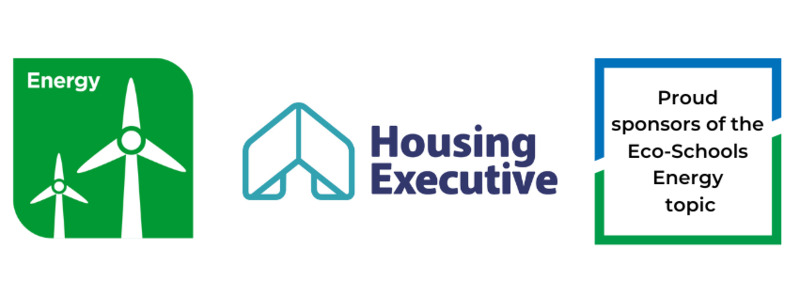Energy

Energy in Schools: Why It Matters
Every school classroom uses energy for heating, lighting, and electrical equipment—and it adds up quickly:
-
One classroom = 4,000 kg of CO₂ per year
(Enough to fill 4 hot-air balloons the size of a house!) -
UK schools spend £450 million a year on energy
(That’s 3x more than on books!) -
Schools can often cut up to 10% from energy bills with simple changes
Why Some Schools Use More Energy Than Others
Even schools in the same area can use very different amounts of energy. This usually depends on:
-
How well they manage heating, lighting and equipment
-
Whether they switch off unused devices or lights
-
If staff and students are aware of energy waste

What Is a Display Energy Certificate (DEC)?
All school buildings larger than 500m² must display a DEC, which shows how energy efficient the building is.
-
Rated from A (best) to G (worst), like fridge ratings
-
Must be visible to the public and updated yearly
-
Comes with an advisory report to help schools improve
To retrieve the certificate using the postcode of your school visit this website.
Why Energy Use Affects Climate Change
-
The world’s energy use has tripled in 100 years
-
Burning fossil fuels (like coal, gas and oil) releases CO₂
-
This leads to global warming, rising sea levels, and extreme weather
-
Snow cover in the Northern Hemisphere has shrunk by 8% since 1983
-
Ocean temperatures are rising too
What Can Eco-Schools Do?
All Eco-Schools should:
-
Carry out an energy audit – Find out what’s using energy in school
-
Set targets to reduce waste – Turn off lights, unplug devices, etc.
-
Create an Action Plan with your Eco-Committee
-
Learn from others – Check the Eco-Schools Case Studies section
-
Get support – Work with Delivery Partners to improve your energy use
Simple Energy-Saving Tips for Schools
-
Turn off lights when leaving the room
-
Don’t leave projectors or screens on standby
-
Close doors to keep heat in
-
Put up signs to remind people to switch off
-
Use natural light where possible
-
Check if your school has a DEC rating—and aim to improve it!
